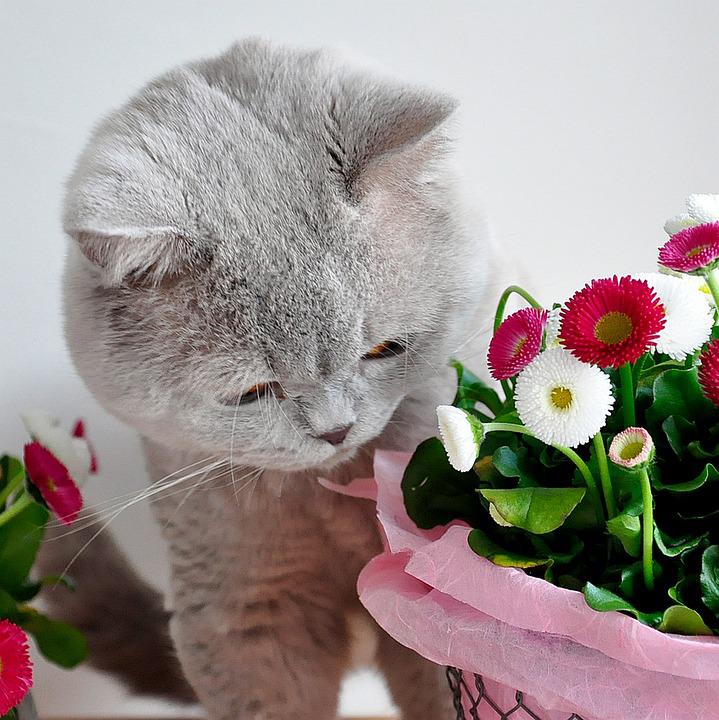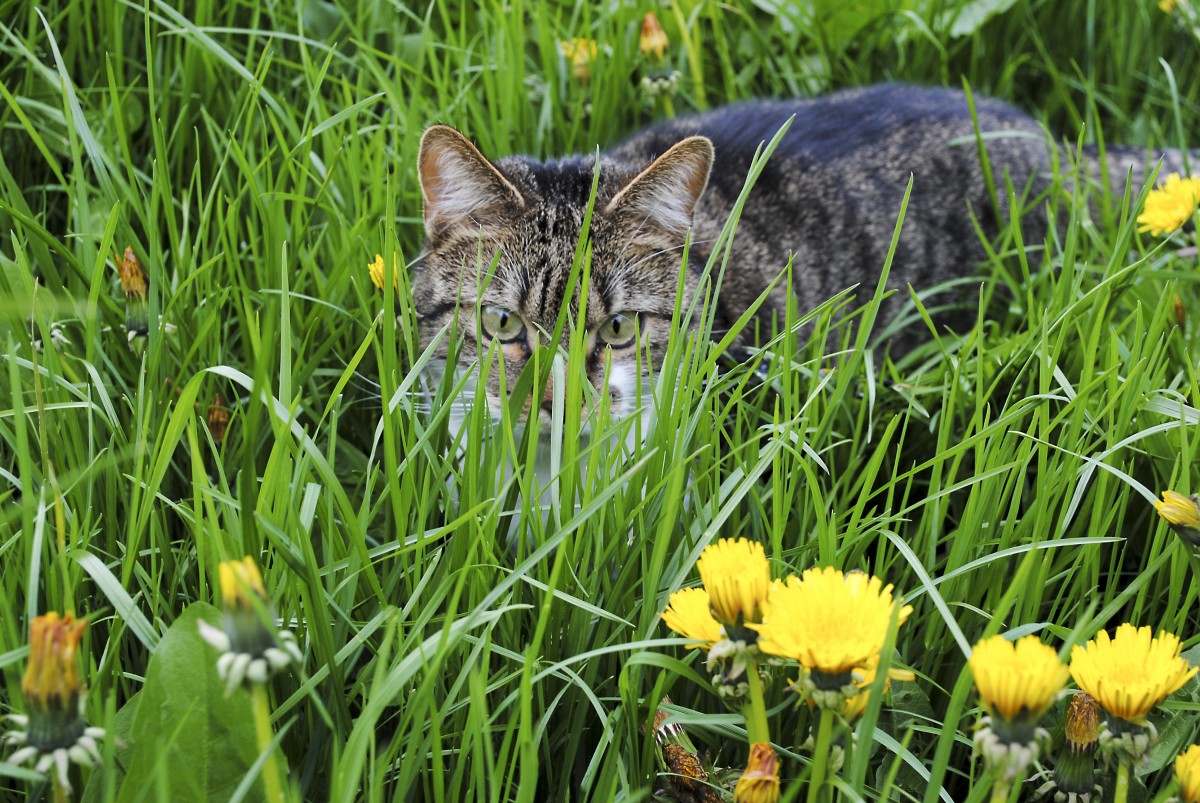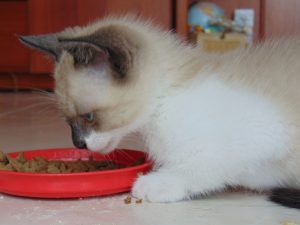
Can You Have Plants With Cats?
Summary
Eating plants: a cat’s need
Plants that are beneficial for cats
Plants that are toxic to cats
Ornamental plants bring a colorful touch to our homes and gardens. But when a cat shares our living spaces, choosing plants adapted to this cohabitation is advisable. From avoiding the risks of intoxication or bringing a new source of pleasure to your cat, this post will help you choose your feline’s favorite vegetation!
Eating plants: a need of the cat
It is common to see a cat eating plants. This practice allows your cat to:
- purge itself: the ingested vegetable fibers help the animal to get rid of the hairs that it swallows by licking itself because they roll up to them, then the whole is evacuated by regurgitation;
- complete their carnivorous diet: plants bring the fibers and folic acid necessary to their balance.
Good to know: the consumption of plants by the cat is not enough to deworm him; it remains essential to treat him regularly to preserve him from intestinal parasites.
Beneficial plants for cats

The cat can eat some plants without worry.
Wild plants
Cats that can evolve outdoors spontaneously go for small herbaceous plants and wild grasses in their environment.
Catnip
For cats in apartments without access to a garden, it is possible to find in the trade under the name “catnip” mixtures of seeds to germinate, perfectly adapted to their needs. It is grass: oats, barley, wheat, rye, etc…
Catmint
Catnip (Nepeta cataria), also known as catmint, produces euphoric effects on felines: its smell exerts an irresistible attraction on them. They rub, roll in, lick, chew, purr, meow, etc.
The attraction for this grass is genetically determined: two-thirds of cats are sensitive to it. It is not dangerous for their health.
Houseplants
Among indoor ornamental plants, some can be nibbled without concern by the animal, such as papyrus (Cyperus papyrus). This one attracts the cat, which likes to play with and consume it. As it is easy to cut, you can use one foot for the animal while you will use the other for decoration.
Its favorites in the garden
It is possible to dedicate a space in the garden for your cat by planting beneficial and attractive plants such as:
- aromatic plants: thyme, sage, lemon balm, etc.;
- grasses with which he can play: the cedar grass (Deschampsia cespitosa), the brize (Briza media), the swab grass (Pennisetum villosum), the stipe (Stipa tenuifolia), etc.
Toxic plants for cats
Be very careful when you want to integrate a new plant into your home or garden. Indeed, some plants are toxic for cats and can cause serious problems, even death, if ingested.
Dangerous houseplants
Many ornamental plants should not be ingested:
- plants from the Araceae family: philodendron, dieffenbachia, anthurium, Xanthosoma, florists’ arum (Zantedeschia aethiopica), alocasia, caladium, etc. ;
- the amaryllis;
- ficus;
- the spider plant (Chlorophytum comosum);
- yuccas;
- Poinsettia (Euphorbia pulcherrima), etc.
Beware of certain foods
Vegetables used in cooking are a source of danger for the cat: onion, shallot, and garlic are causes of anemia because they destroy the animal’s red blood cells. The outcome is sometimes fatal if the ingested dose is substantial. Therefore, it is necessary to ensure that the animal does not lick a dish whose sauce contains these condiments.
Note: parsley and cocoa are also toxic to cats.
Plants to avoid in the garden!
Some plants prevalent in our gardens are dangerous for cats. Among the most common are daffodils and irises; tulips and hyacinths; Lily of the Valley and Solomon’s Seal, cyclamen and primroses; Oleander, datura and belladonna, Rhododendron, holly, and mistletoe, etc.








2 thoughts on “Can You Have Plants With Cats?”